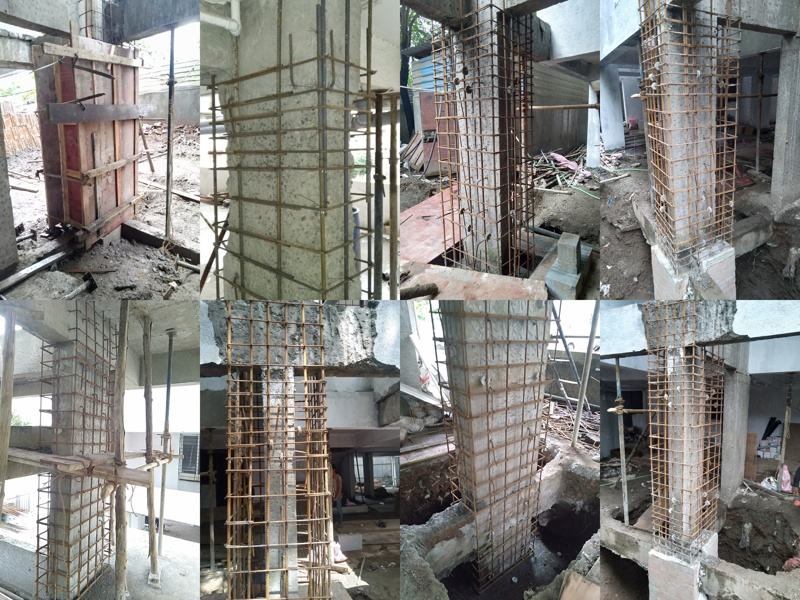Structural Retrofitting
Dilapidated buildings and old structures are dangerous, which is why they must be constantly maintained and repaired. Structure rehabilitation aids in not only repairing but also strengthening damaged and outdated structures. Structural retrofitting can be a step toward increasing building strength and lifetime.
Structures that have been retrofitted are better able to withstand earthquakes, seismic force failures, and other environmental hazards. When applied loads grow, there are design flaws that render the structure unsuitable, corrosive slabs and beams need to be retrofitted, concrete cracks need to be fixed, or there are more settlements than the structure can support, structural retrofitting becomes necessary.

How does the process of structural retrofitting help?
- Structural retrofitting is a method of strengthening a building from its structural frame and adapting to all codal provisions during the repair period as per requirements
- Overall retrofitting of structure helps in slab strengthening, beam strengthening, retrofitting beams and other areas of concern and damage.
- Slab strengthening and beam strengthening can help fix repairs to strengthen the building right to the core. Slab strengthening and beam strengthening can go a long way in maintaining the building and increasing the lifespan.
What does retrofitting include?
The defects and cracks must be examined and investigated before the process can begin. It’s simple to apply appropriate and helpful procedures once the damages are understood. Repair, retrofit, refurbishment, and rebuilding are all part of the retrofitting of a structure.
What makes retrofitting of structure crucial?
Retrofitting a structure is a preventative step that is done to guarantee public safety by taking into account all of its levels and floors and determining whether the materials and techniques utilized are economically advantageous. The performance issues with the structure must be addressed for retrofitting to be successful. The procedure ought to be inexpensive and need the least amount of intervention.
